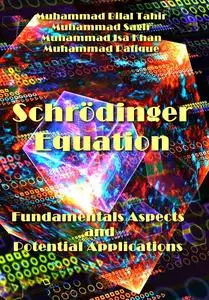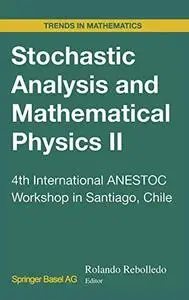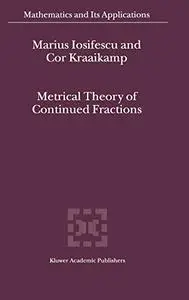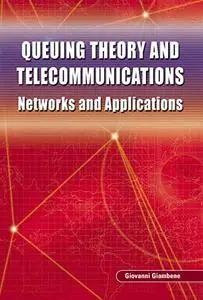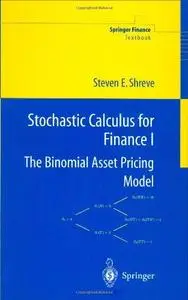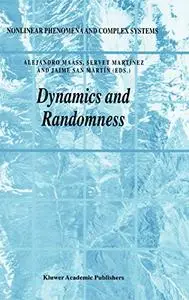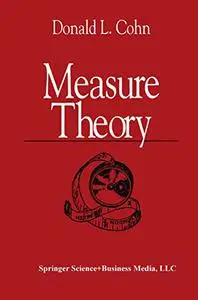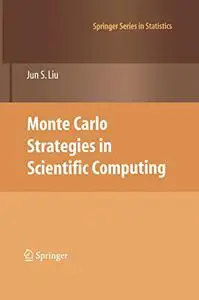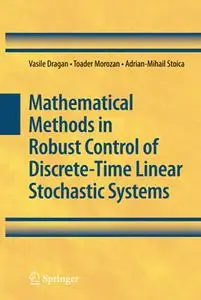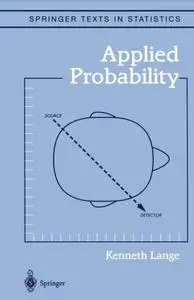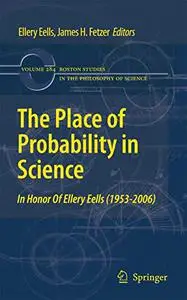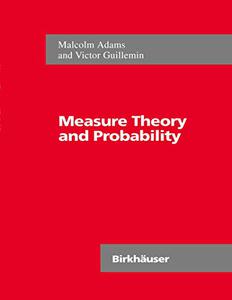"Schrödinger Equation: Fundamentals Aspects and Potential Applications" ed. by Muhammad Bilal Tahir, Muhammad Sagir, Muhammad Isa Khan, Muhammad Rafique
ITexLi | 2024 | ISBN: 1837692149 9781837692149 1837692130 9781837692132 1837692157 9781837692156 | 133 pages | PDF | 11 MB
ITexLi | 2024 | ISBN: 1837692149 9781837692149 1837692130 9781837692132 1837692157 9781837692156 | 133 pages | PDF | 11 MB
This essential volume introduces you to the spectral theory of the Schrödinger equation, offering a sturdy foundation to explore its enigmatic depths. Unlock the secrets of the universe with tyis book. Delve into the heart of quantum mechanics, where matter, energy, and mathematics intertwine in a dance of profound discovery.


